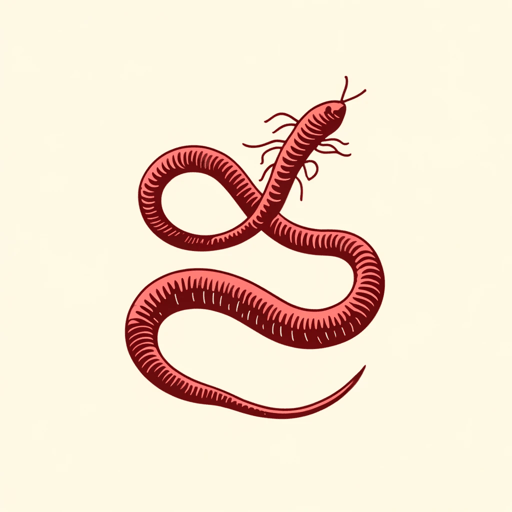29 pages • 58 minutes read
Edgar Allan PoeTamerlane
Fiction | Poem | Adult | Published in 1827A modern alternative to SparkNotes and CliffsNotes, SuperSummary offers high-quality Study Guides with detailed chapter summaries and analysis of major themes, characters, and more.
Background
Historical Context
“Tamerlane” follows the life of the 14th-century Turkic conqueror Timur Lenk, whose name was later anglicized as “Tamerlane.” Timer founded the Timurid Empire in what is now Afghanistan, Iran, and Central Asia. Born to a Mongolian tribe, Timur rose to prominence as a military leader and eventually, through a mix of family connection and ruthless strategy, to imperial ruler of the Chaghatay tribe. He was highly educated, speaking a range of languages including Persian and Mongolian, and shared a distant blood relationship with Genghis Khan—a legacy that he actively pursued throughout his war career. He spent the majority of his life fighting battles and expanding his empire. Timur remained a warrior and leader all his life, finally meeting his death on a battle campaign in the early 15th century. This places the poem “Tamerlane” in February of the year 1405, the days when Timur lay on his deathbed facing his accomplishments in the light of his mortality.
In 1941, Timur’s tomb was exhumed for academic study, despite fervent religious opposition. Allegedly, an inscripted curse was found inside the opened tomb: “Whomsoever opens my tomb shall unleash an invader more terrible than I.” Three days after the tomb was opened, Adolf Hitler began his Nazi campaign on the rest of Europe.
Related Titles
By Edgar Allan Poe

A Dream Within a Dream
Edgar Allan Poe

Annabel Lee
Edgar Allan Poe

Berenice
Edgar Allan Poe

Hop-Frog
Edgar Allan Poe

Ligeia
Edgar Allan Poe

The Black Cat
Edgar Allan Poe

The Cask of Amontillado
Edgar Allan Poe

The Conqueror Worm
Edgar Allan Poe

The Facts in the Case of M. Valdemar
Edgar Allan Poe

The Fall of the House of Usher
Edgar Allan Poe

The Gold Bug
Edgar Allan Poe

The Haunted Palace
Edgar Allan Poe

The Imp of the Perverse
Edgar Allan Poe

The Lake
Edgar Allan Poe

The Man of the Crowd
Edgar Allan Poe

The Masque of the Red Death
Edgar Allan Poe

The Murders in the Rue Morgue
Edgar Allan Poe

The Narrative of Arthur Gordon Pym of Nantucket
Edgar Allan Poe

The Oval Portrait
Edgar Allan Poe

The Philosophy of Composition
Edgar Allan Poe
Featured Collections
Challenging Authority
View Collection
Grief
View Collection
Guilt
View Collection
Loyalty & Betrayal
View Collection
Memory
View Collection
Mortality & Death
View Collection
Power
View Collection
Short Poems
View Collection
The Power & Perils of Fame
View Collection
Valentine's Day Reads: The Theme of Love
View Collection

